After admiring the Canadian Maritimes’ coastal towns, we still had two provinces left to visit: Prince Edward Island and Newfoundland, both of them surrounded by the cold waters of the Atlantic Ocean.
Prince Edward Island
We crossed the Confederation Bridge from New Brunswick to the smallest Canadian province and found ourselves on an island with less than 160,000 people, famous for its green rolling hills and endless potato farms.
But despite its small size and rustic vibe, Prince Edward Island played a significant role in Canada’s history. It was in Charlottetown, the capital, where in 1864, the premiers of the colonies of New Brunswick, Nova Scotia, and Canada (now Ontario and Quebec) got together to discuss their unification as a single dominion within the British Empire. Thanks to this conference, on July 1st of 1867, the three provinces became the Confederation of Canada, with Prince Edward Island and the rest of the colonies joining them in the following years.
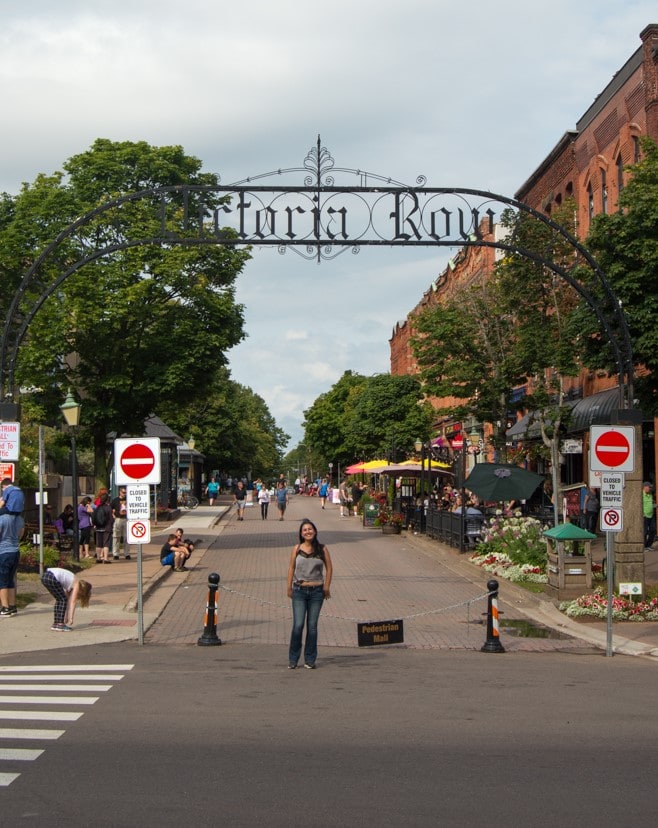
Victoria Row, the liveliest street in Prince Edward Island
Canada became an entirely independent country from the British Empire until the end of the Second World War. Still, the year 1867 is an important one to Canadians, as it marks the beginning of the slow process of unifying all the provinces and territories under a single nation. Now, 150 years later, you can visit a replica of the original Confederation Chamber in Charlottetonwn’s Art’s Museum and learn more about the historical moment that made Canada the vast country that it is today.
If it weren’t named the Birthplace of Canada, maybe Prince Edward Island wouldn’t be on any traveler’s bucket list. You can visit every place of interest in Charlottetown within two hours, and it won’t take you more than a day to explore the countryside. But thanks to its rural landscapes, rustic farmhouses by the water, and red, sandy beaches, this picturesque province was the perfect place to relax before continuing with our adventure.
There are only two ways to get in and out of Prince Edward Island. And because we had already taken the Confederation Bridge (the longest one in the country) to get in, we took a ferry to get back to Nova Scotia and spent the day exploring the Highlands National Park in Cape Breton Island. My only regret here was not knowing in advance about this beautiful place with breathtaking views. A day is not enough to wander around all the beautiful hikes and unique natural wonders the park has to offer. However, we made the most of our day and even got the chance to enjoy a live concert at the Celtic Music Centre.
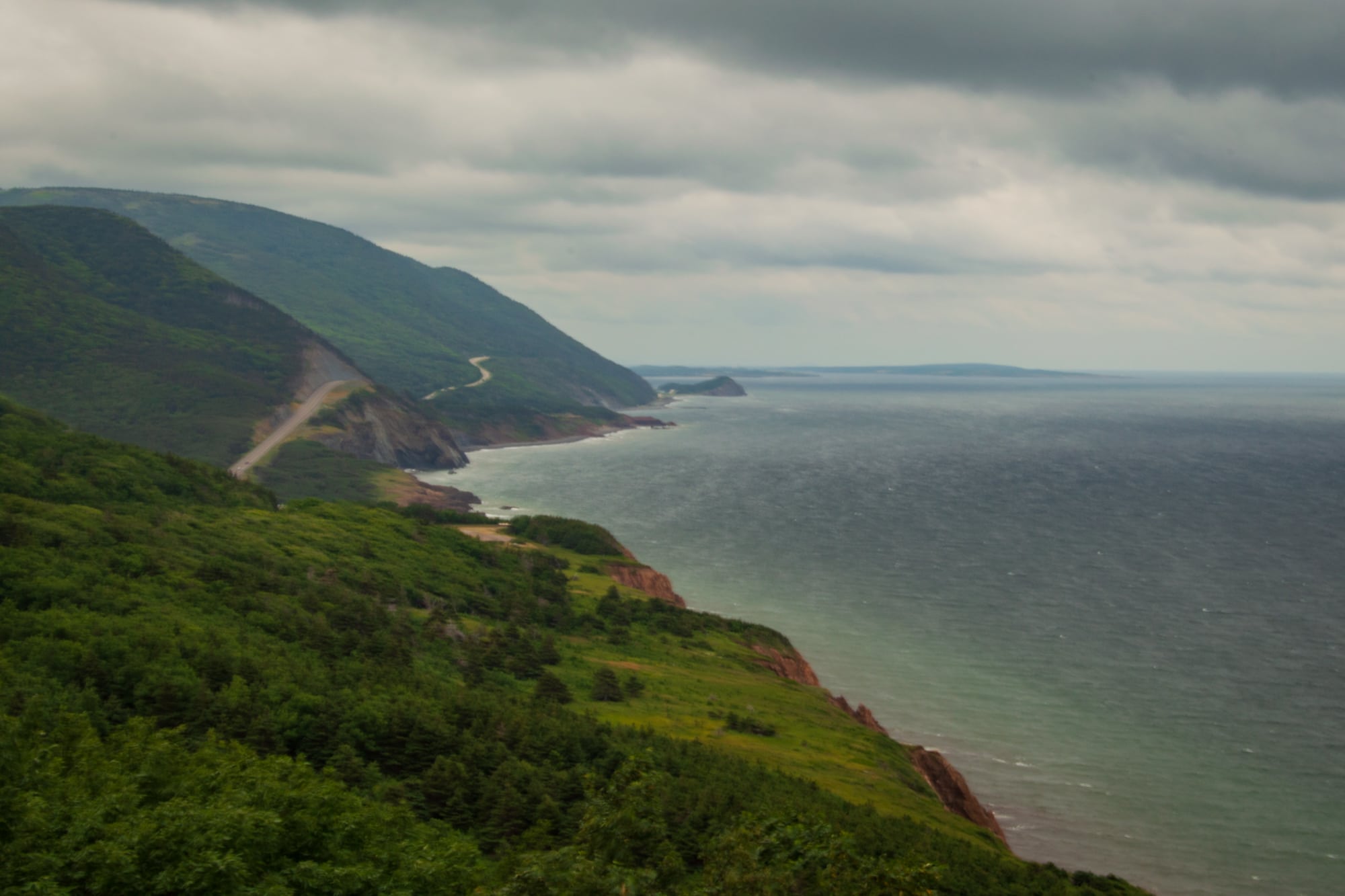
Newfoundland
In the early morning, we woke up to catch our next ferry and sailed for eight hours through the Atlantic until we reached Newfoundland. Before heading to the province’s capital, we drove up to the north point of the island.
The further we drove from the ferry terminal, the more scattered the communities on the road became until we reached a point that, for hours, we didn’t see any other people on the road. We also left behind the green mountains, and our surroundings turned into a rocky land of permafrost and marshes. All I could think about while driving this road was the people that live in these remote areas. They really must have a tough character to withstand the long Canadian winters in such an isolated area of the world.
On Newfoundland’s northernmost point, we reached L’Anse aux Meadows. This site is the only recorded Viking settlement in North America, and it dates 500 years before Columbus was even born. We visited the remains of what was once a Viking village, listened to some Viking music, grabbed some Viking lunch, visited the Viking souvenir store and the Viking art gallery — they like their Viking heritage in this town.
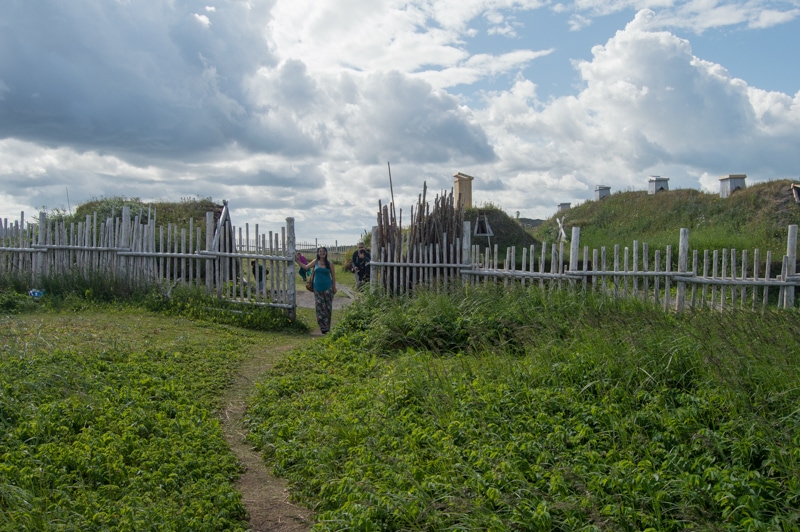
The capital of Newfoundland is home to the happiest people I’ve met in Canada. Everyone smiles, greets you, and laughs out loud in public. And with a rich Irish heritage, fiddles playing in every pub, and Water Street’s buildings made of stone, you need to remember you’re not in Europe but a North American city.
We walked from downtown to Signal Hill, the best point to look at the city and the harbor from above. At the top, there’s Cabot Tower, where Marconi received the first Trans-Atlantic wireless telegraph message in 1901 from Cornwall. That afternoon, we also went to Cape Spear’s lighthouse, which has been guiding ships through the foggy Atlantic waters from Canada’s eastmost point since 1836.
On our last day, we took a boat to see the puffins living in the cliffs around the island and even had the unique chance to see four humpback whales with two calves! Of course, that night, we also went to the pub to take a shot-glass of Newfoundland Screech and kissed a dry cod — an essential ritual to becoming an honorary Newfoundlander. This was the best way to say goodbye to the Atlantic provinces and the beautiful maritime culture they’ve built by the water.
This trip was such a beautiful way to learn about the history of Canada. While on the west coast, everyone brags about being “culturally diverse,” the east of the country truly embraces the term and takes pride in the natives and immigrants that helped to shape Canada to what it is today.
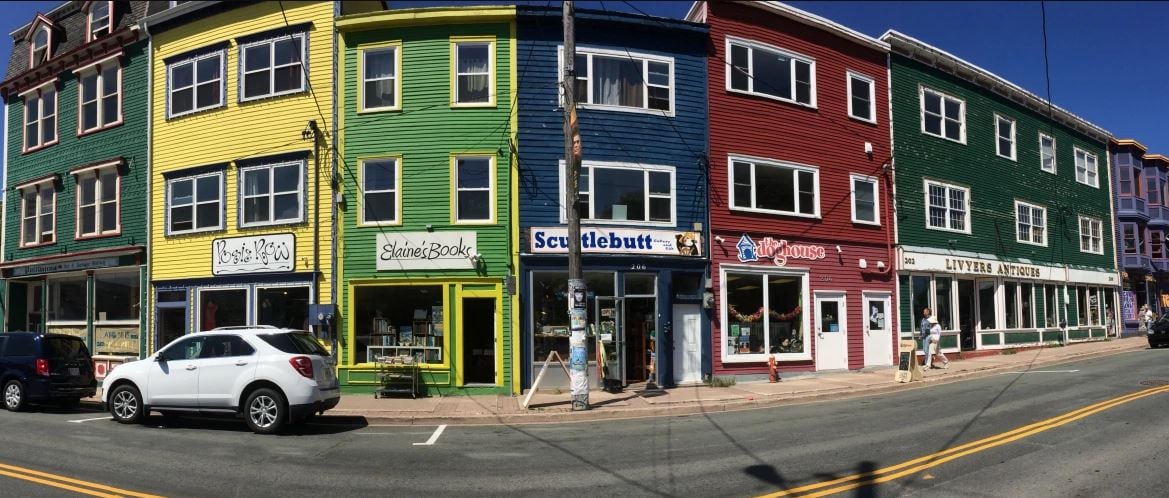
St. John’s famous JellyBean rows of colorful houses.
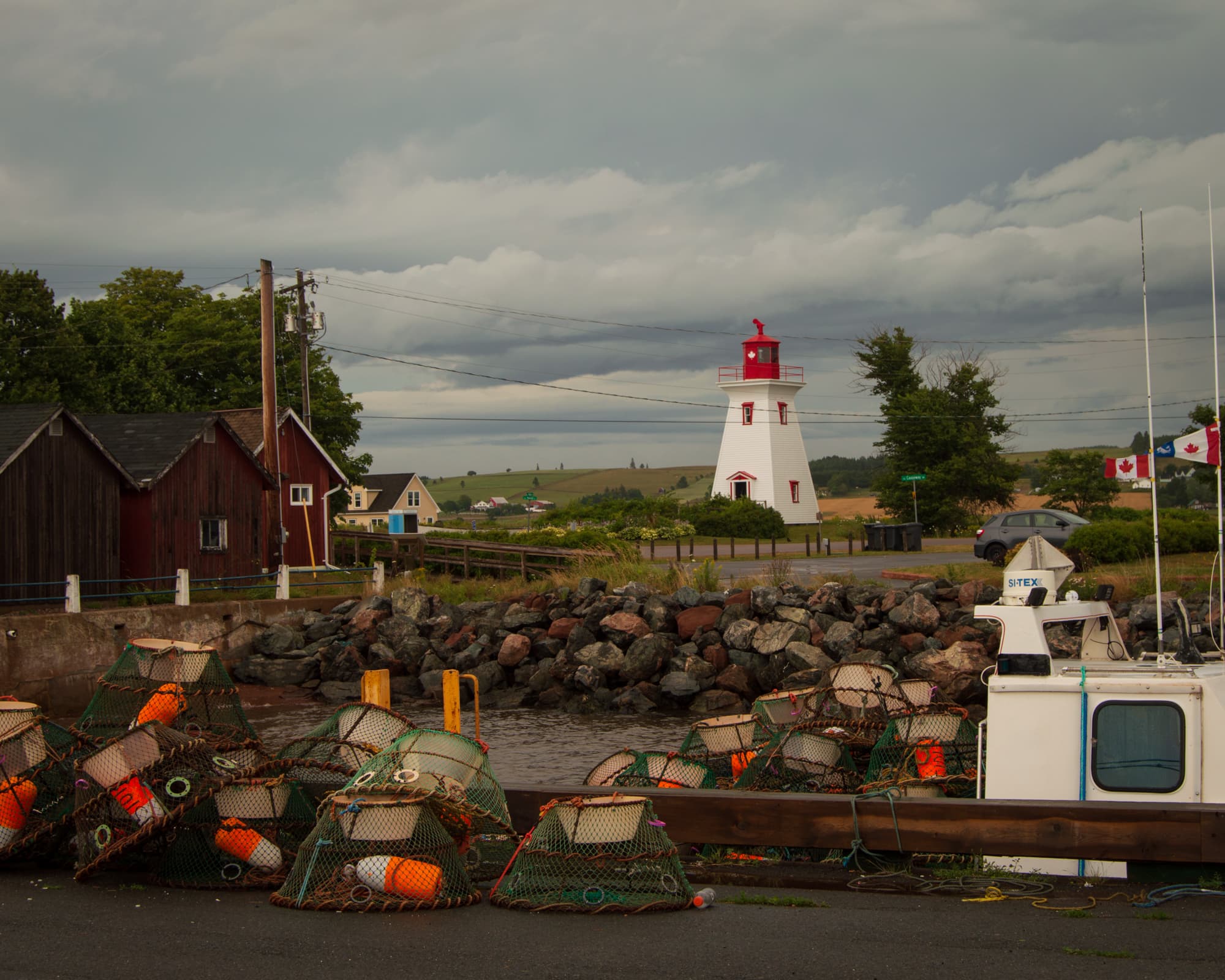
Best places to visit in Prince Edward Island.
- Victoria-by-the-Sea: a picturesque fishing town with great seafood restaurants.
- Cavendish: the land that inspired Anne of Green Gables, one of the most famous Canadian books.
- Prince Edward Island National Park: a beautiful place to see the Island’s unique, red sand.
Distances
-
Channel-Port aux Basques Ferry Terminal to L’Anse aux Meadows: 700 km.
-
Channel-Port aux Basques Ferry Terminal to St. John’s: 900 km.
-
Charlottetown to Sidney Ferry Terminal: 530 km.
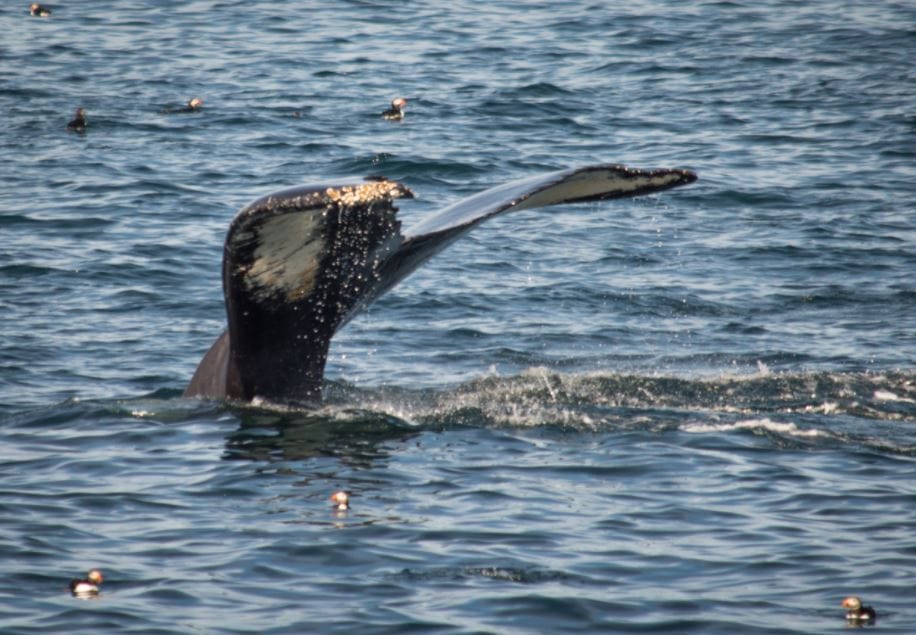
Under Mountains in the Moon Souvenirs
Want to display the beauty of the Canadian Maritimes at home?
My travel photography prints and greeting cards make great gifts for all travel lovers!
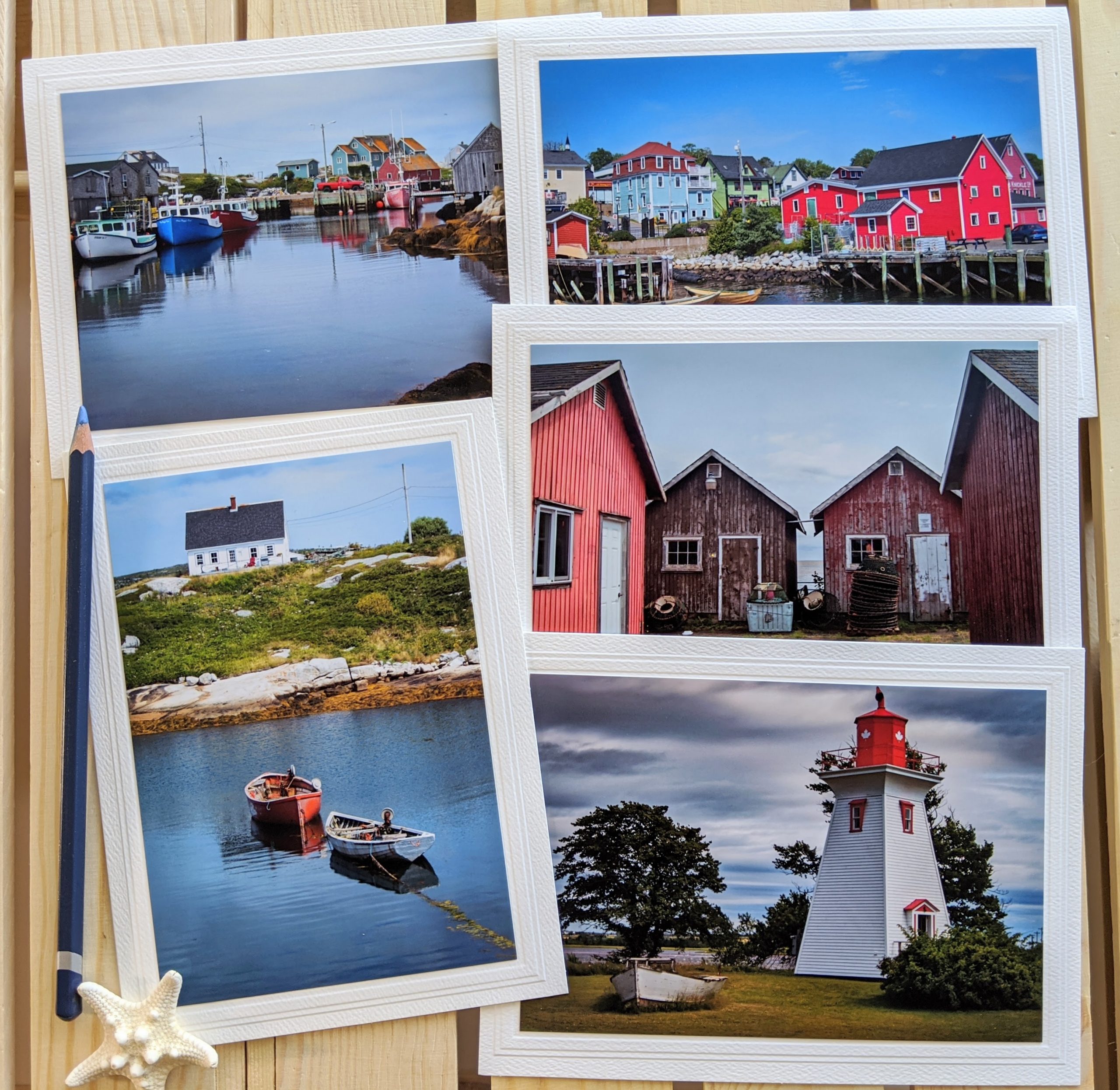
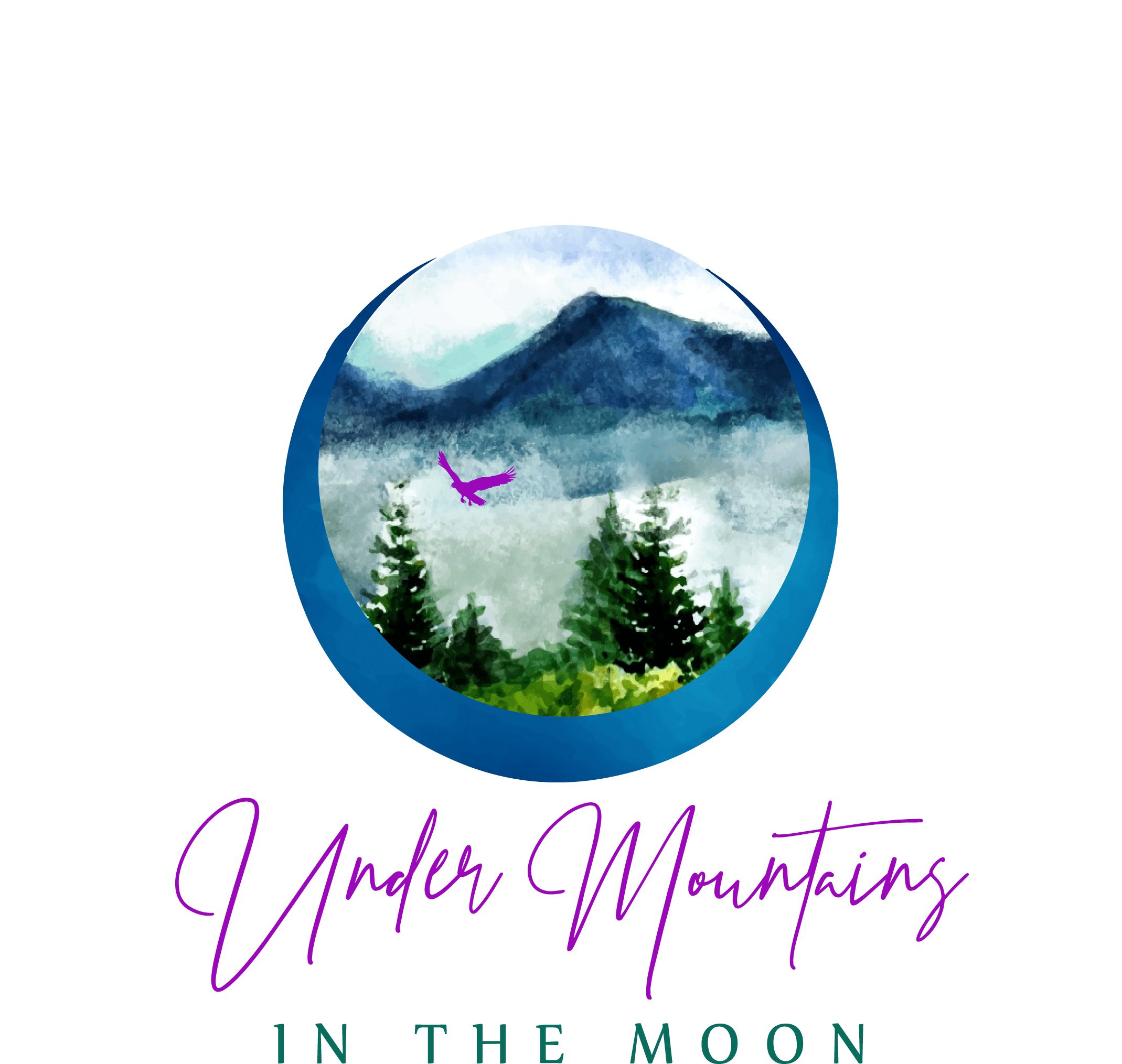
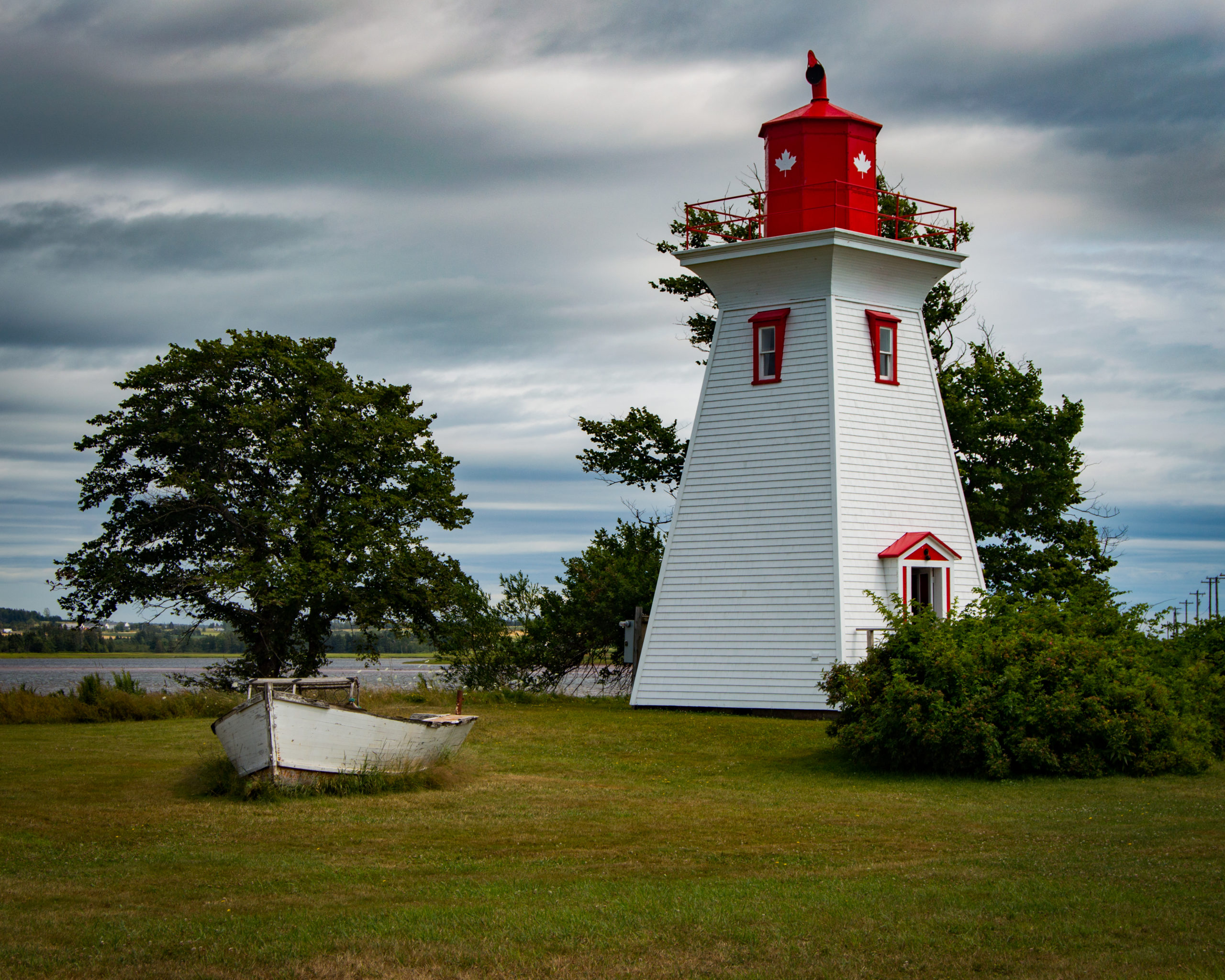

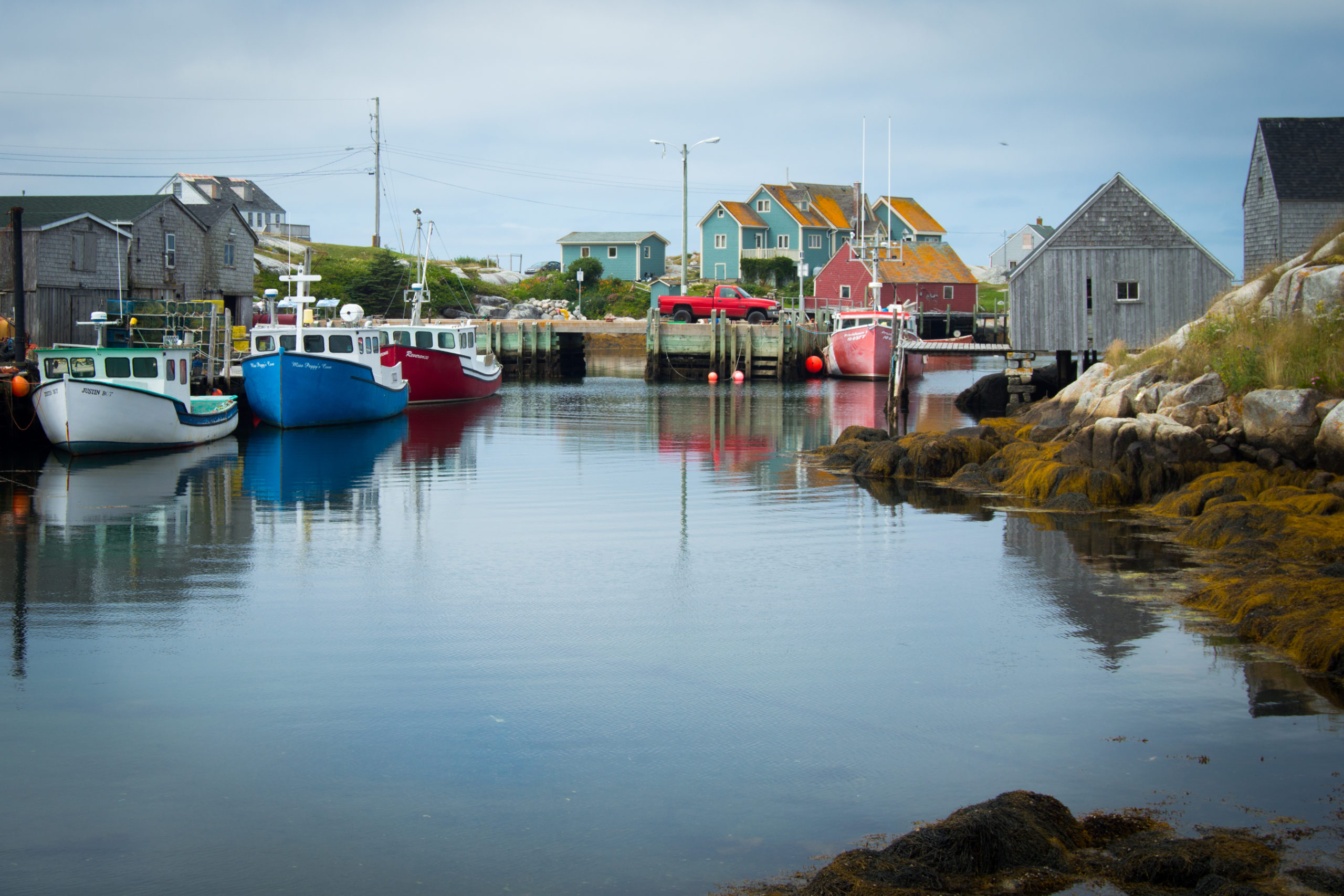

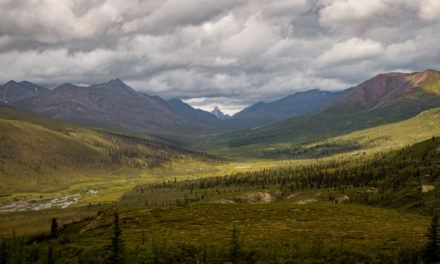
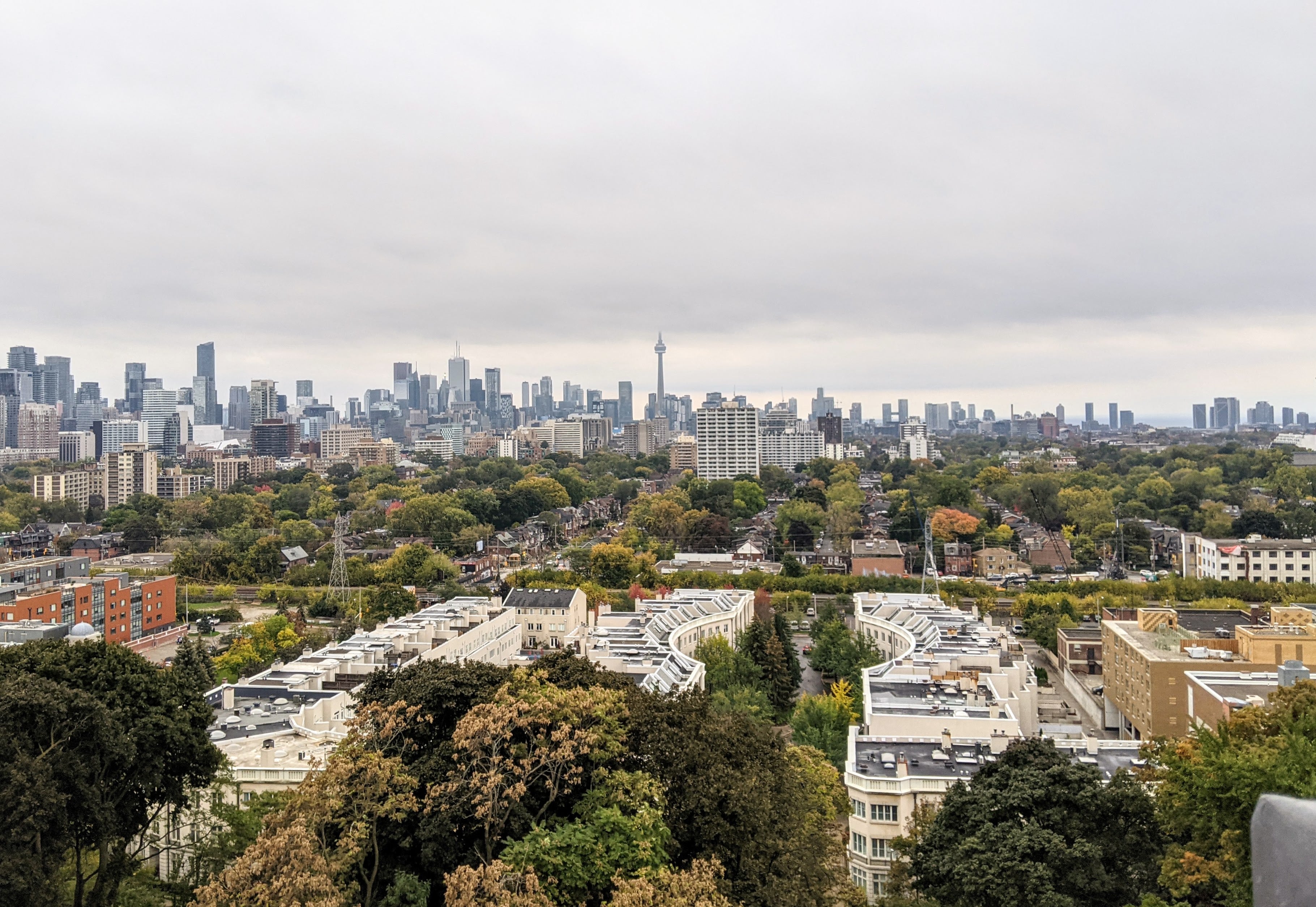

I like the helpful info you provide in your articles. I?ll bookmark your weblog and check again here frequently. I am quite certain I?ll learn many new stuff right here! Best of luck for the next! Crissie Brandy Goldie
Howdy! I just wish to give an enormous thumbs up for the nice information you will have here on this post. I shall be coming again to your weblog for more soon. Hilda Hamilton Diane-Marie
A round of applause for your article. Really thank you! Really Great. Malissa Alfie Mike
thank so a lot for your web site it assists a great deal. Tessie Winslow Belak